Why is a Cover Letter Important?
A cover letter is your first introduction to a potential employer, serving as a crucial tool in the job application process. Unlike a resume, which provides a factual summary of your skills and experience, a cover letter allows you to express your personality, enthusiasm, and genuine interest in the specific role and company. It is an opportunity to make a strong first impression, showcasing your communication skills and demonstrating why you are the perfect fit for the position. A well-crafted cover letter can significantly increase your chances of getting an interview, while a poorly written one can lead to your application being immediately rejected. It’s your chance to sell yourself and connect with the hiring manager on a personal level.
Cover Letter vs Resume
Understanding the difference between a cover letter and a resume is fundamental to crafting a successful job application. The resume presents a concise overview of your professional history, including your work experience, education, and skills. It is a factual document, designed to highlight your qualifications and achievements. In contrast, the cover letter is a more narrative document, where you can elaborate on your qualifications, explain why you are interested in the specific role, and demonstrate how your skills and experiences align with the company’s needs. The cover letter gives you the opportunity to provide context to your resume, and to personalize your application, showcasing your communication skills and expressing your enthusiasm for the position.
What to Include in Your Cover Letter
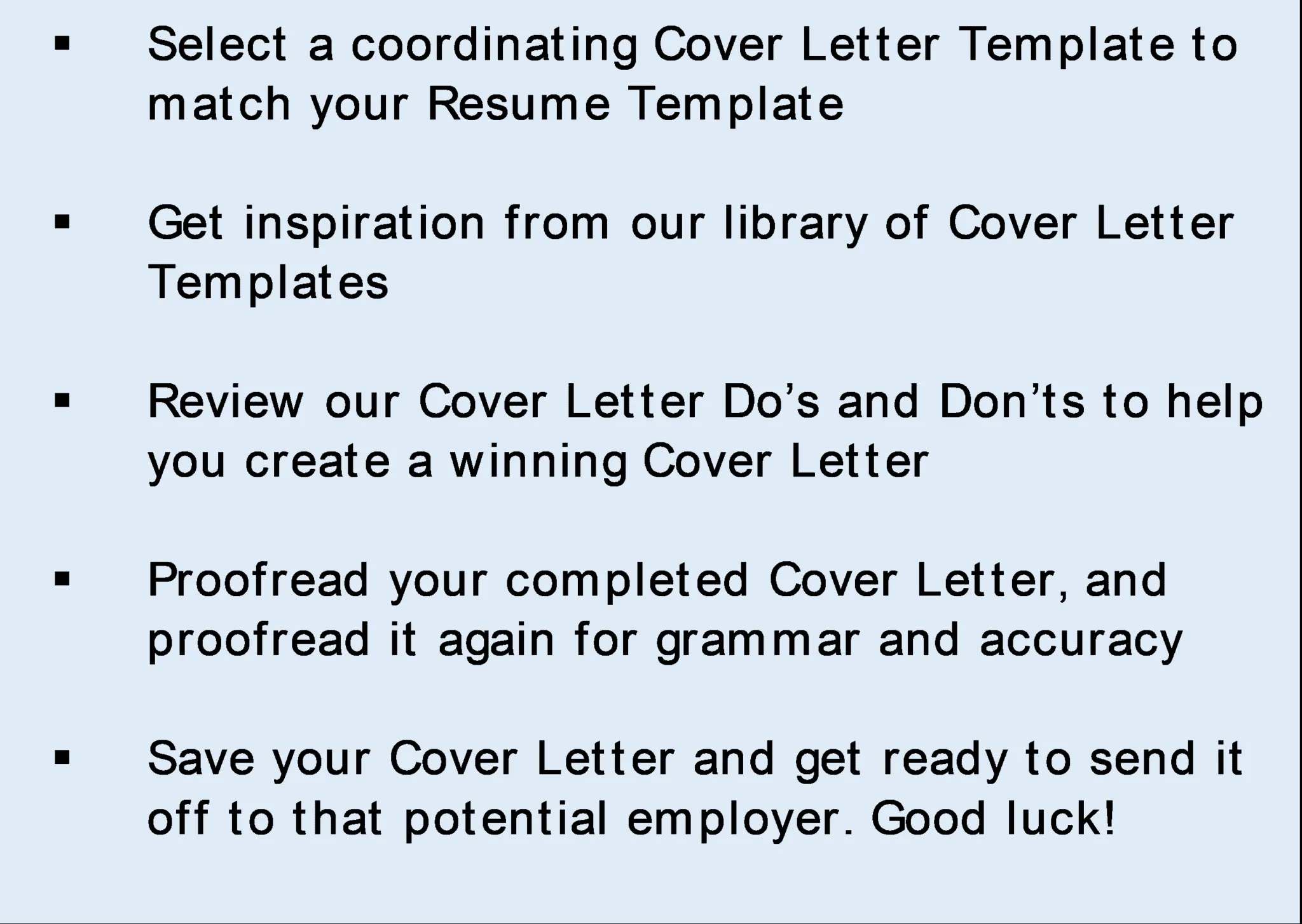
The content of your cover letter should be carefully considered to make a lasting impact on the hiring manager. While the specific details will vary depending on the job and your background, there are several key elements that every cover letter should include. These elements work together to present a clear and compelling case for why you are the ideal candidate. The goal is to create a narrative that not only highlights your qualifications but also expresses your genuine interest in the company and the specific role you are applying for. Carefully tailoring each section to reflect the job requirements is crucial to capture the hiring manager’s attention and set your application apart from the competition.
Contact Information
Begin your cover letter with your contact information, including your name, phone number, email address, and optionally, your LinkedIn profile URL. This information should be clearly displayed at the top of the letter, allowing the hiring manager to easily reach you. Make sure the email address you use is professional. This section sets the foundation for all future communications. Consider placing this information in the header or left-aligned at the top of the page. Ensure all details are current and accurate to avoid any issues should the hiring manager want to contact you about the position.
The Hiring Manager
Address your cover letter to the hiring manager or the specific person in charge of reviewing applications. If you can find their name, it shows you’ve taken the time to research the company and position. If you can’t find a name, use a professional greeting such as “Dear Hiring Manager.” Avoiding a generic salutation will show that you’ve personalized your letter. If the company is large and finding a specific name is difficult, reaching out to the HR department through LinkedIn or their website may prove beneficial. This small step demonstrates initiative and attention to detail.
Personalized Greeting
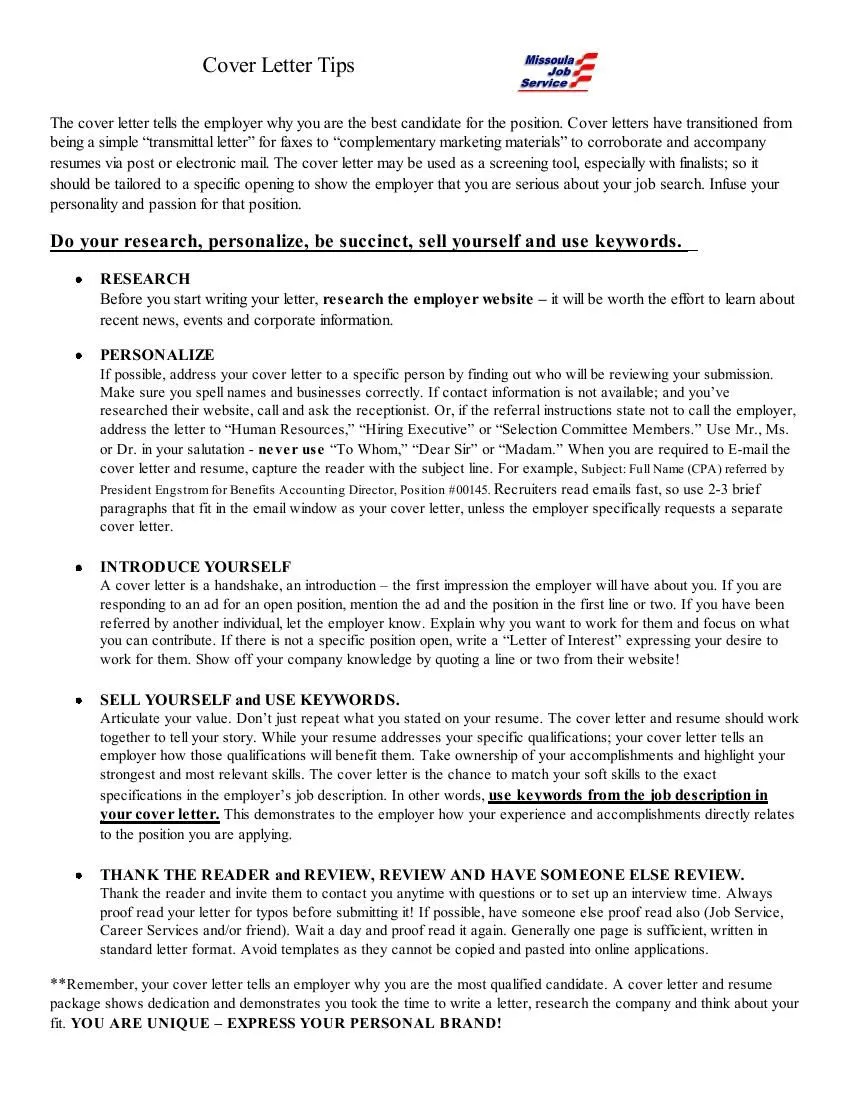
A personalized greeting, like “Dear Mr. Smith,” makes a significant difference. It shows you’ve done your research. When you use the hiring manager’s name, it immediately captures their attention and sets a positive tone for your letter. This simple act of personalization can set your application apart from those who use generic greetings. It demonstrates respect and shows that you are genuinely interested in the role, and it is often seen as a sign of attention to detail. Using a specific name creates a sense of connection and encourages the reader to continue reading.
Express Your Interest
Clearly state the position you are applying for and express your enthusiasm for the opportunity. Mention where you found the job posting and what specifically attracted you to the role or the company. This demonstrates your genuine interest and gives the hiring manager a quick understanding of why you are applying. Avoid generic phrases. Instead, convey why you are excited about the specific role and company. Highlight what resonates with you about their mission, values, or recent projects, and illustrate your proactive nature. This personal touch makes your application more memorable.
Highlight Your Skills and Experience
The body of your cover letter should highlight your relevant skills and experience. Tailor the content to match the job description. Explain how your qualifications align with the requirements, providing specific examples of your achievements and contributions. Use action verbs to showcase your accomplishments and quantify your results whenever possible. Emphasize the value you can bring to the company. Focus on the most relevant skills and experiences that align with the job’s requirements. Connect your past experiences with what the company is looking for.
Key Skills to Include

Carefully select the skills you include in your cover letter, choosing those that are most relevant to the job description. Highlight both hard skills, such as technical expertise or specific software proficiencies, and soft skills, such as communication, teamwork, and problem-solving abilities. Make sure to quantify these skills with specific examples from your past experiences. To do this, consider what key skills the company values and the specific attributes they are looking for. Demonstrating how you’ve successfully used those skills in past roles provides valuable context and increases your chances of being considered for an interview. Focus on those skills that can be directly transferred to the role you are applying for.
Quantify Achievements
Quantifying your achievements is a critical part of writing an effective cover letter. Instead of simply listing your responsibilities, provide specific examples and data to demonstrate the impact of your work. For instance, instead of writing “Managed social media accounts,” write “Increased social media engagement by 30% in six months.” This approach gives concrete evidence of your skills and accomplishments. Use numbers, percentages, or specific results to showcase your value. When possible, use metrics to describe your achievements in past roles. Quantifiable results make your accomplishments more compelling and memorable.
Showcase Your Personality
While maintaining professionalism, let your personality shine through in your cover letter. Inject your unique voice and enthusiasm for the position and the company. The cover letter gives you the opportunity to add a personal touch that a resume cannot. You can use storytelling to show how you approach your work and how your values align with the company’s culture. Showcasing your personality is an important aspect of connecting with the hiring manager on a personal level. This helps them understand who you are as a person and how you might fit into their team.
Call to Action
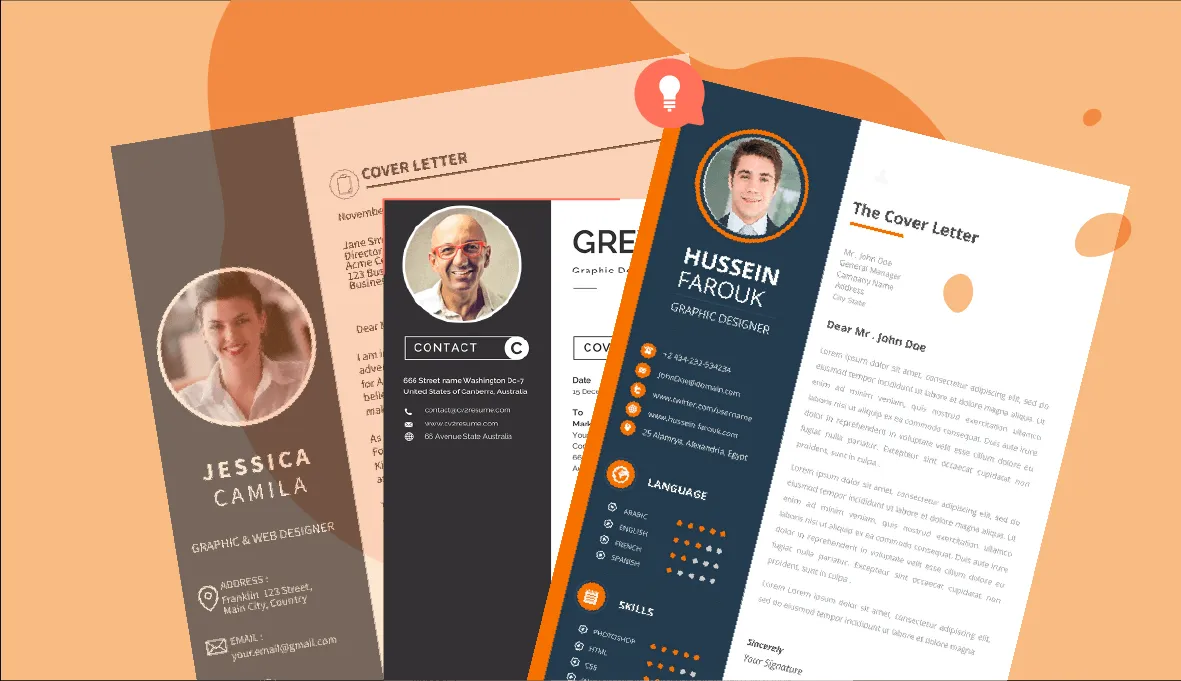
Conclude your cover letter with a clear call to action, expressing your interest in an interview. State your availability and thank the hiring manager for their time and consideration. This shows you are proactive and eager to take the next steps in the hiring process. Make sure to reiterate your interest in the role and reiterate your contact information. A strong call to action encourages the hiring manager to take the next step. By suggesting a next step, you guide the process forward.
Closing and Signature
Use a professional closing, such as “Sincerely” or “Best regards.” Then, include your typed name. If you are submitting a physical cover letter, also include your signature above your typed name. A proper closing and signature add a final touch of professionalism to your letter. This shows respect and attention to detail. The right closing sets a professional tone and provides a smooth transition to the end of the letter, leaving a final positive impression.
Cover Letter Formatting
Proper formatting can enhance the readability and impact of your cover letter. Pay attention to the layout, font, and length to ensure your letter is professional and easy to read. This will not only help the hiring manager easily digest the information but also reflect your attention to detail and professionalism. The goal is to create a clean and visually appealing document that highlights your qualifications and experience in a way that makes a strong first impression.
Font and Style
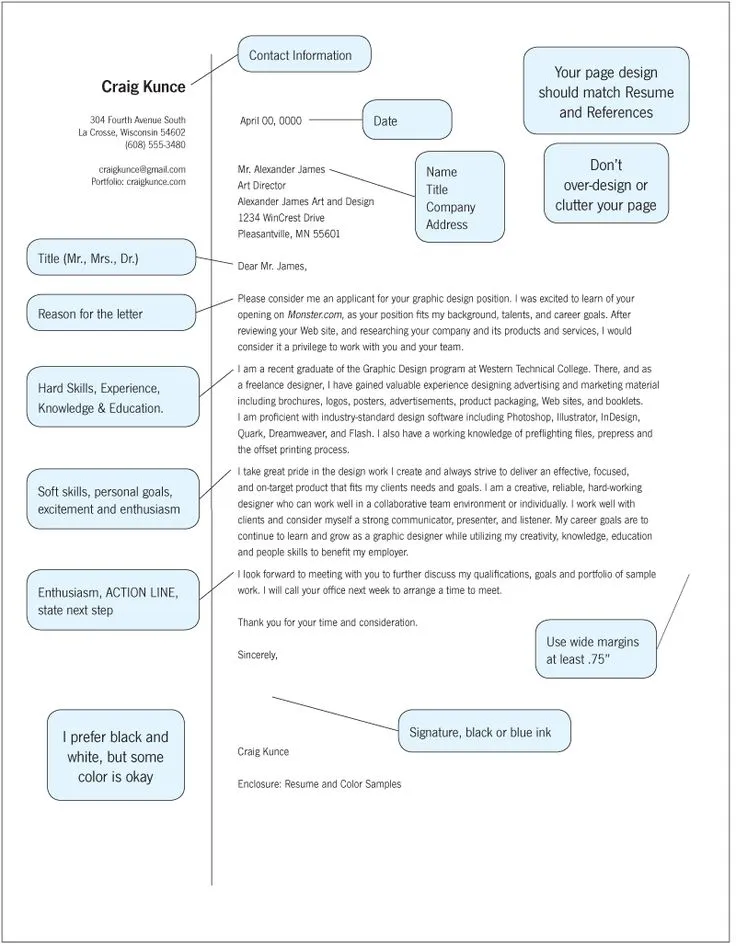
Choose a professional font such as Times New Roman, Arial, or Calibri. Keep the font size between 10 and 12 points for readability. Maintain consistent formatting throughout the letter. Using a professional font makes your cover letter easier to read. The goal is to use a font that is clear and legible without distracting from the content. Consistent font styles and sizes throughout the document enhance readability. Avoid overly decorative or informal fonts, as they can detract from your professionalism.
Length of the Cover Letter
Keep your cover letter concise and focused. Aim for one page, unless otherwise specified by the employer. Avoid overly long paragraphs and unnecessary details. Your cover letter should get straight to the point, highlighting your key qualifications and expressing your interest. A concise letter shows that you value the reader’s time and that you can effectively communicate your ideas. Keep the content relevant, emphasizing the key points. Staying within the prescribed length will show that you can express yourself clearly and succinctly.
Proofreading and Editing
Thoroughly proofread and edit your cover letter before submitting it. Check for any grammatical errors, typos, and inconsistencies in formatting. Using a tool like Grammarly and having a second pair of eyes look over your letter can be invaluable. Errors can undermine your credibility and make a negative impression on the hiring manager. Ensure that your cover letter is free of any errors, typos, or grammatical mistakes. Carefully checking your writing, and asking someone else to review it before you send it will ensure that it is polished.
Common Cover Letter Mistakes to Avoid
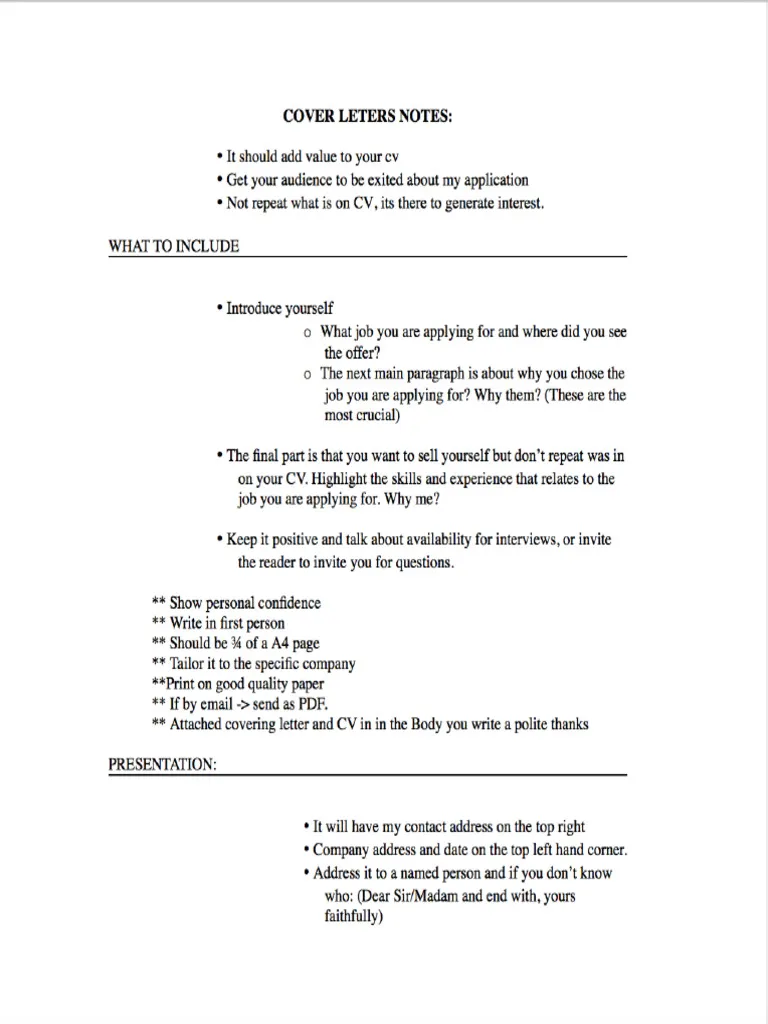
Avoiding common cover letter mistakes is crucial for creating a strong impression. Several errors can hinder your application and reduce your chances of getting an interview. It is important to be aware of these pitfalls to ensure your cover letter effectively showcases your skills and experience. By avoiding these mistakes, you can ensure your cover letter makes a strong positive impression and increases your chances of moving to the next stage of the application process.
Generic Cover Letters
Avoid sending generic cover letters that could be used for any job. Tailor each cover letter to the specific role and company. Research the company and the position to show your genuine interest. Generic cover letters show a lack of effort and may be quickly dismissed by the hiring manager. The best way to stand out is to personalize your cover letter and show how your skills and experience align with the job’s specific requirements. A customized cover letter shows that you have taken the time to understand the company, as well as the role that you are applying for.
Typos and Grammatical Errors
Typos and grammatical errors can undermine your credibility. Always proofread your cover letter carefully, and use spell-check. Consider having a friend or family member review your cover letter. Errors signal a lack of attention to detail and can create a negative impression, making it seem that you are not capable of producing high-quality work. Use grammar and spell check tools to help improve your writing. Proofreading and editing are crucial steps in the writing process. The goal is to make sure that your letter is polished and free of errors.
Exaggerating Your Skills and Experience
Avoid exaggerating your skills or experience. Be truthful and accurate in your descriptions. Dishonesty can damage your credibility if discovered during the interview process. The goal is to present yourself honestly and authentically. If you exaggerate your capabilities, you may be found out. It’s best to be upfront about what you can do. Instead of overstating your skills, focus on the skills you possess and how you can apply them to the role.
Not Tailoring the Cover Letter
Failing to tailor your cover letter to the specific job requirements and the company is a common mistake. Review the job description carefully and address the key requirements. Show how your skills and experience align with the specific needs of the role. Tailoring your cover letter is an essential step in the job application process. Customize your letter to the specific job and organization. Show that you have invested time and effort in understanding the role and the company’s needs.
Cover Letter Examples
Reviewing cover letter examples can provide valuable insights and inspiration. Several resources offer templates and examples tailored to different industries and roles. These can help you understand the structure, tone, and language used in successful cover letters. Consider what makes the examples work. Using examples can help you to see what works well. Then, you can tailor your cover letter based on these models. Understanding the nuances of a great cover letter can set you up for success.
